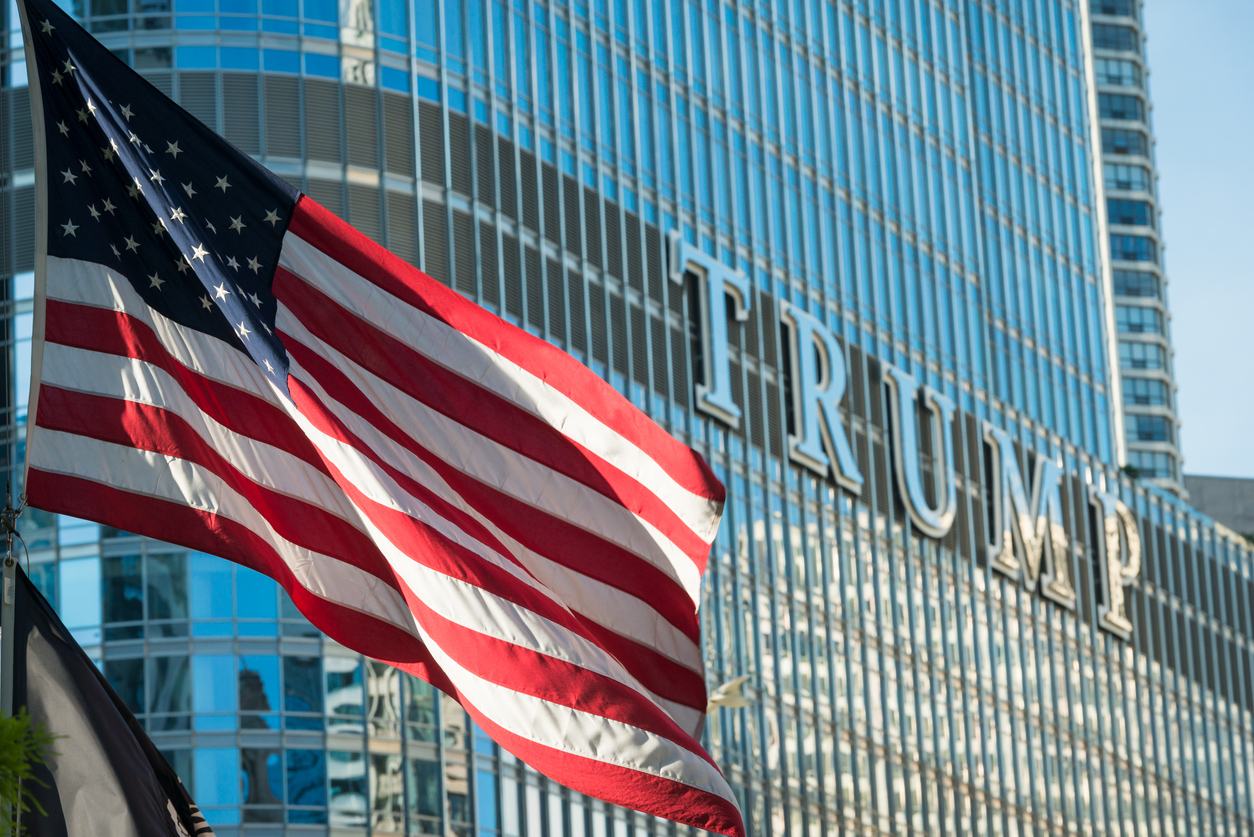
July 31, 2025
The U.S. move targets India with a 25% import tariff and threatens sanctions over defence and energy deals with Russia, escalating trade and diplomatic tensions
The move isolates India more harshly than other major trading partners, with lower tariffs imposed on countries like Vietnam, Indonesia, and Japan
The Indian government said it is reviewing the implications and remains committed to negotiating a fair and balanced trade agreement with the U.S.
The Federation of Indian Export Organisations warned that the new duties will hurt key sectors such as textiles, footwear and furniture

President Donald Trump announced a 25% tariff on goods imported from India, effective August 1, and indicated that further penalties may follow due to India’s defence and energy partnerships with Russia. This move is likely to strain relations with India, the world’s most populous democracy.
This decision specifically targets India more than other major trading partners and risks undermining recent efforts to strengthen bilateral ties, even though India is considered a crucial strategic ally for Washington and a regional counterbalance to China.
Trump accused India of imposing excessively high tariffs and restrictive non-monetary trade barriers. He criticised New Delhi’s ongoing defense and energy dealings with Russia, noting that India is Russia’s largest energy buyer, alongside China, and continues to purchase most of its military equipment from Moscow, actions he termed unacceptable amid the ongoing war in Ukraine.
In response, the Indian government stated that it is assessing the potential impact of the new U.S. measures and reiterated its commitment to negotiating a mutually beneficial trade agreement. Indian officials highlighted that recent talks have aimed at reaching a fair and balanced bilateral pact.
The Trump administration has long criticised India for its average applied tariffs, which are nearly 39% on agricultural products. Specific duties can reach as high as 45% on vegetable oils and around 50% on apples and corn. During the first half of 2025, approximately 35% of India’s energy imports came from Russia.
Currently, the United States has a trade deficit of $45.7 billion with India, while India’s total exports to the U.S. reached an estimated $87 billion in 2024.
White House economic adviser Kevin Hassett noted that the President’s decision arises from frustration over slow progress in trade negotiations. He added that more details regarding the additional penalties would be released soon.
In contrast, recent trade agreements with other nations have resulted in lower tariffs—Vietnam faces a 20% duty, Indonesia 19%, and both Japan and the European Union 15%.
The announcement is expected to negatively impact Indian exporters, especially in labour-intensive sectors such as garments, footwear, furniture, pharmaceuticals, gems and jewellery, and petrochemicals. The Federation of Indian Export Organisations warned that the new tariffs could render Indian products uncompetitive compared to those from countries like Vietnam and China.
After the announcement, market sentiment in India declined. The Indian rupee fell by 0.4% to around 87.80 against the U.S. dollar in the non-deliverable forwards market, while Gift Nifty futures slipped by 0.6% to 24,692 points.
Negotiations between the two nations have historically struggled with contentious issues, particularly regarding U.S. access to India’s agricultural and dairy markets. In its latest statement, India reaffirmed the importance of protecting its farmers, entrepreneurs, and small businesses, pledging to take necessary steps to defend national interests in trade discussions.
The tariff hike represents a setback to earlier commitments made by Prime Minister Narendra Modi and President Trump to finalise the first phase of a trade agreement by autumn 2025 and to expand bilateral trade to $500 billion by 2030, up from $191 billion in 2024.
Diplomatic relations have also been tested by Trump’s perceived closeness to Pakistan amid India’s recent conflicts with its South Asian rival, further complicating trade negotiations.
Experts noted that the political relationship between Washington and New Delhi is at its lowest point since the mid-1990s. He remarked that trust has significantly eroded, and President Trump’s rhetoric has undermined years of bipartisan diplomacy aimed at strengthening U.S.-India ties.
Beyond trade tariffs, U.S. concerns have also focused on India’s strict import-quality rules and other non-tariff barriers, as highlighted in a report released in March.
Source: DD News